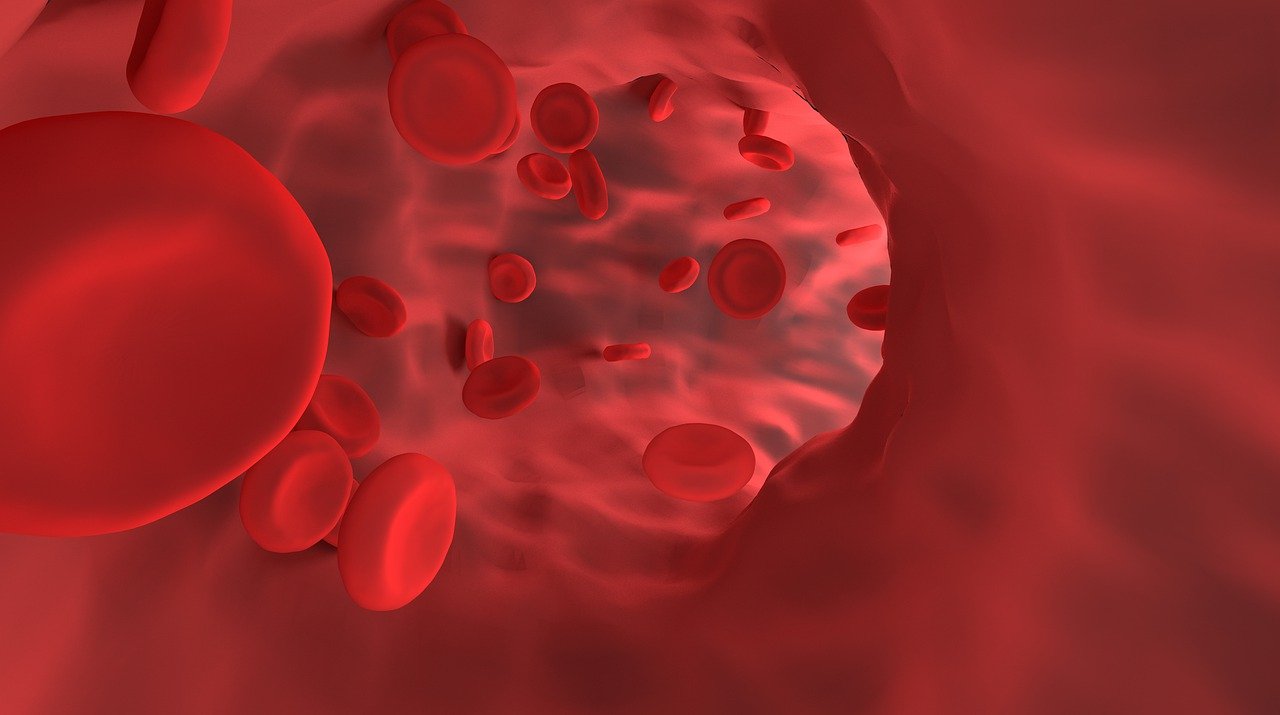- Arteries are blood vessels which carry blood away from the heart.
- They have thick, muscular and elastic walls that can withstand the surge of the high-pressure blood pumped out of the heart.
- The arterial wall is divided into three layers. The outer layer is a protective layer consisting of connective tissue and elastic fibre. The middle layer consists of smooth muscle and more elastic fibres and the innermost layer next to the lumen consists of the endothelium, a single layer of flattened cells.
- All arteries carry oxygenated blood with the exception of the pulmonary arteries.
- Arteries split up into arterioles which are structurally similar to arteries but smaller in diameter.
- Arterioles control blood flow into capillary beds by:
(a) Contracting the smooth muscle layer in the arteriole wall.
(b) Using sphincters, which are bands of smooth muscle located where arterioles branch into capillaries. Contraction prevents blood flow into capillary beds. - Capillaries are microscopic vessels with walls that are only one-cell thick. Their walls consist of a layer of flattened cells called endothelial cells.
- The endothelium is partially permeable, allowing diffusion to occur.
- Capillaries branch to form networks called capillary beds, which infiltrate almost all tissues, allowing the exchange of substances to take place.
- The extensive branching increases the total cross-sectional area of the vessels, lowering the blood pressure in the capillaries and hence the rate of blood flow, giving more time for the exchange of substances.
- Capillaries converge into venules which are small vessels structurally similar to veins.
- Venules converge to form veins.
- Similar to arterial walls, the walls of veins consist of three layers.
- However, the middle wall contains much less smooth muscle and elastic fibres. Hence they are not as thick, muscular or elastic as arteries. Therefore, a vein has a larger lumen as compared to an artery with the same external diameter.
- The blood pressure in the veins is much lower than that of the arteries. Blood flows more slowly and smoothly so there is no need for thick, muscular and elastic walls.
- Blood flow through the veins is assisted by the presence of semi-lunar valves and skeletal muscle action.
- When we move, our skeletal muscles pinch the veins and move blood through them.
- Blood is prevented from flowing backwards by the semi-lunar valves. Blood moving backwards causes the valves to close.
- Veins carry blood back to the heart. The exceptions are portal veins, which carry blood between two capillary beds, e.g. the hepatic portal vein.
- Veins carry deoxygenated blood with the exception of the pulmonary veins

Blood vessels and their functions
- The Impact of Climate Change on U.S. Ecosystems
- Did You Know? Octopuses Have Three Hearts & Blue Blood!
- Did You Know? Your Stomach Gets a New Lining Every Few Days!
by
Tags:




Leave a Reply
You must be logged in to post a comment.